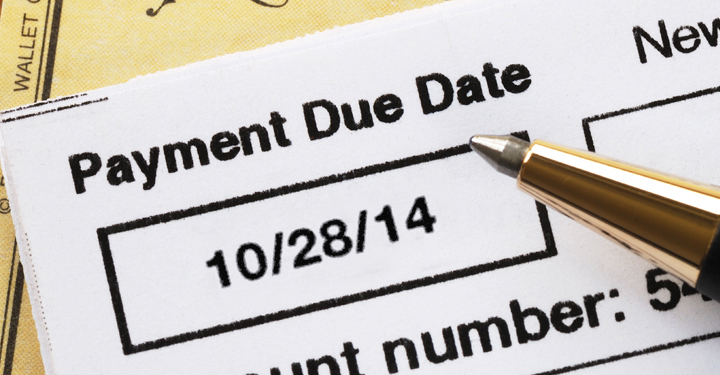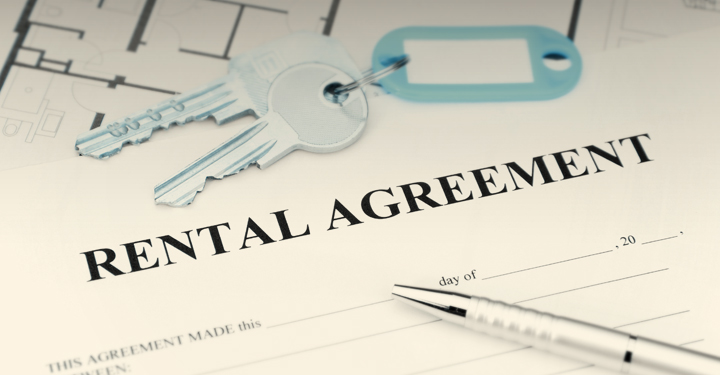Many real estate properties are emerging in the market today, which makes it difficult for sellers to find potential buyers for their property. There are also times when cash-strapped buyers, who take out a mortgage, find it challenging to secure a loan for one reason or another. Thus, failing to purchase the home they want.
In today’s tough market, engaging in a rent-to-own scheme may be the best option for both buyers and sellers.
Rent-to-own (RTO), or lease-to-buy, is an agreement that gives an individual the option of purchasing a leased property from its owner within a specified period of time. This simply means that a buyer is allowed to rent a home with an option to purchase it during the rental period or until the term of the loan expires.
But how does the rent-to-own scheme work in the Philippines exactly?
At the start of the arrangement, both parties will have to specify the monthly rental, purchase date, the sales price, and other clauses such as the interest rate. Once they have agreed on the terms, a contract is drafted and signed.
Unlike traditional financing, however, rent-to-own is owner financed, which means that the owner is the one offering financing to buyers. As a result, lessees pay rent that is slightly above market rate. This is because a portion of it will go to the down payment for the property in the event that the lessee decides to purchase it. In such case, he or she must arrange for financing, either through a bank or other lending institution, to pay for the remaining balance. If the lessee decides to walk away, all paid rent stays with the lessor, which is his’ or hers’ incentive for taking the home off the market while it was being rented.
In terms of the sales price, bear in mind that whatever price is stipulated in the contract is final and cannot be altered regardless of any increase or decrease in the property’s value during the lease period. So before signing any contract, make sure you fully understand what you are agreeing to.
Who benefits more—the buyer or the seller?
In this type of arrangement, both parties benefit. Buyers are able to acquire a home immediately and are given time to rebuild their credit. Sellers, whose property has been sitting in the market for a while, are able to generate income to pay off their mortgage and property taxes.
Another benefit is that buyers are able to “test drive” the home, with an option to walk away and shop for another property on or before the purchase date. Meanwhile, sellers don’t lose anything if the lessee decides not to purchase, because the sales price is already locked in.
What are the potential pitfalls?

Any financing arrangements carry possible risks. These can be avoided if both parties, the buyer and the seller, ensure that all important points and concerns are covered in the contract.
For buyers, a downside is if they choose not to purchase, all paid rents will be forfeited. Another is that if the home value depreciates during the rental period, the renter would end up having to pay for a property that is way above market value. A third disadvantage is if the lessee falls behind rent, this may get him or her evicted and would lose the down payment and all previously paid rent. Lastly, with a rent-to-own arrangement is the possibility of the lessor being unable to pay mortgage, which means that the paid rent may be forfeited and that the potential buyer will no longer be able to purchase the property.
There is also a drawback for sellers. Because the sales price is fixed from the very beginning, they won’t be able to benefit from any price increase or property appreciation, which will give their tenants the advantage of buying the home below market price.
A well-worded contract can save you from possible disputes in the future.

There is no limit to what provisions you can put in a contract. But whether you are the buyer or the seller, make sure to cover all your interests to avoid legal conflicts in the future. Seek the expertise of a lawyer if you must, so that he or she can go over the contract thoroughly before you sign.
Aside from the basic terms such as the monthly rental, purchase date, and the sales price, both parties must also agree on rules regarding pets, the number of tenants allowed in the home, and possible improvements in the future.
And because a rent-to-own agreement is tricky and unusual, it would help the lessee and lessor to review RA 9161 or the “Rental Reform Act of 2002” to fully understand the laws covering RTOs in the Philippines and avoid any unheard-of violations.
Want to share any helpful or relevant real estate content? We welcome contributors who are experts in the field, real estate practitioners, and those interested in sharing related ideas. Leave us a message in the comment box below.










